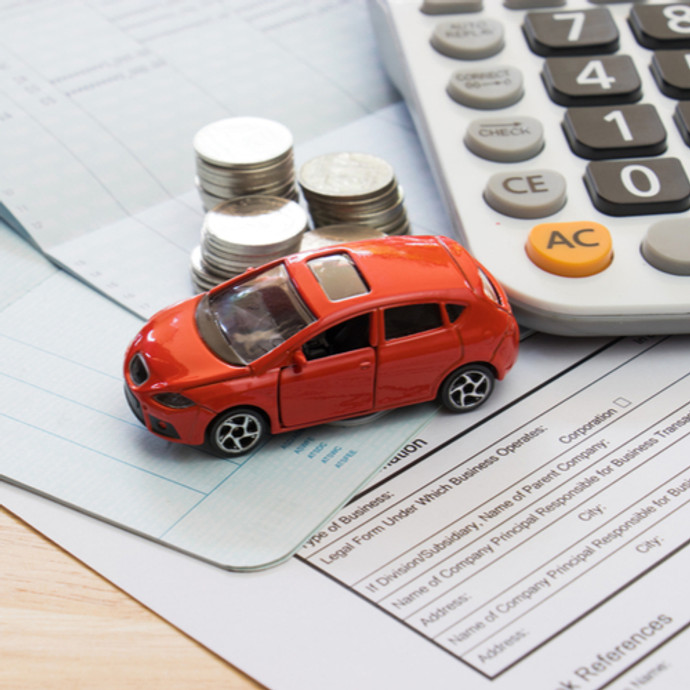How to Finance a Car
20th Aug 2020
...
When you need a vehicle, one of the first considerations you should make is how to pay for it. Some people use cash, but unless the car is cheap or you have a large savings account, that option is not often feasible for most buyers. Luckily, financing a vehicle is a common, ideal alternative that can allow more flexibility for the type of car you purchase and the time you have to pay it off.
Before you get started, however, there are a few actions you should take to prepare for this next step:
1. Set a Budget
First, figure out what you can afford. Start by making a list of your income and expenses, then determine how much wiggle room you have for a monthly car payment. This payment is usually dependent on:
- Total amount financed
- Interest rate
- Number of months in the term
While you may not be able to determine these numbers upfront, you can get a general idea for budgetary purposes. Then, you can set a range or cap that you would be comfortable paying every month.
2. Choose Loan or Lease
Financing a vehicle involves deciding whether you want to lease or buy. When you lease a car, you rent it for a specific amount of time, usually a few years. You’ll be expected to maintain the car and keep the receipts to prove it. Once the lease is up, you may be able to buy the vehicle outright or take out a loan to pay it off. Once you’ve made the last payment, the vehicle is yours. Leasing tends to cost less per month, but there may be more fees on the front end.
3. Check Your Credit
The possibilities for financing a car depend heavily on your credit. It is wise to check your credit score at least once a year, so you have an idea of what to expect. Someone with a credit score in the 700s will likely receive lower interest rates and may have more flexible terms. By comparison, an applicant with a score in the 500s or low 600s might have to make a larger down payment and pay more interest. There are options for people with less-than-ideal credit, so don’t be discouraged if your score isn’t where you want it to be.
4. Consider Your Financing Options
Once you’ve decided to get a car, you have a few ways to finance it. Many people apply for a loan through their bank or credit union. This has the benefit of familiarity, although the requirements might be stricter depending on the institution. Keep in mind that a variety of dealerships offer financing in-house or through third-party lenders. Shop around to find the best deal from a trustworthy backer.
5. Fill Out an Application
The last step is to fill out an application. When you apply, you will need to know the total cost of the vehicle and any additional fees. If you’re getting a loan at the dealership, they may take care of these details for you. With JDBNOW’s in-house financing, you can buy here and pay here. Our financing options may make it easier to qualify, even if you’ve been turned down for a loan elsewhere. Also, consider getting an estimate on the trade-in value of your current vehicle.
Financing a car is the key to getting a reliable vehicle that can take you anywhere. By making preparations ahead of time, you are more likely to be satisfied with the results.
